These landmark sites across India bear testimony to the country’s struggle for independence
Prior to India’s 77th Independence Day, YS Life has curated a list of some of the most significant places in India that are associated with the country’s freedom movement.
India’s struggle for freedom from colonial rule is a significant period in the annals of history, with its fervour felt across the length and breadth of the country.
Whether it was the Revolt of 1857 that erupted in Meerut after revolutionary Mangal Pandey attacked British officers in Barrackpore, the Satyagraha movement (holding onto truth) steered by Mahatma Gandhi which began in Champaran in Bihar, the Salt March from Sabarmati Ashram to Dandi, or the Jallianwala Bagh massacre in Amritsar, several cities and places across the country bear testimony to the valour and determination of the freedom fighters from a bygone era.
On the occasion of India’s 77th year of independence, YS Life takes a walk down memory lane to understand the significance of some of the country’s iconic places associated with the nation’s freedom movement.
Red Fort, Delhi
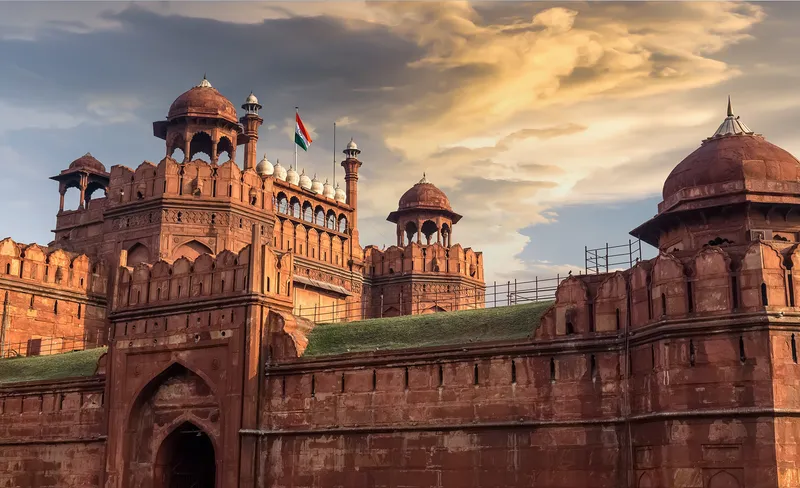
Red Fort | Image source: Shutterstock
There are several landmarks in the capital city of Delhi connected to the freedom struggle–the most distinctive being the Red Fort.
A UNESCO World Heritage Site, the Red Fort has been a symbol of power since the reign of Mughal emperor Shah Jahan. Ever since it was built as the palace fort of Shahjahanabad, its ramparts have been witness to a series of rulers–from the Mughals to the British.
A jewel in the crown of India’s cultural heritage, the fortress is where the country’s independence was first celebrated. This massive red sandstone structure shines in all its glory every year, when the head of the government hoists the Indian tricolour. From India’s first prime minister Jawahar Lal Nehru in 1947 to Narendra Modi today, several leaders have addressed the nation’s people on Independence Day from the Red Fort.
Where: Netaji Subhash Marg, Lal Qila, Chandni Chowk, Delhi
Jallianwala Bagh, Amritsar

The 36 bullet marks on the walls of Jallianwala Bagh stand as grim reminders of the brutal incident | Image source: Shutterstock
The city of the Golden Temple, Amritsar in Punjab, commands an important position in India’s freedom struggle. One of the most-visited spots in Amritsar is Jallianwala Bagh–a garden complex near Harmandir Sahib in the old part of the city that was witness to the infamous massacre led by British officer General Dyer on April 13, 1919 on Baisakhi (an auspicious occasion to mark the harvest season in Punjab).
Dyer indiscriminately ordered his army of soldiers to open fire at the men, women and children who had gathered there to protest peacefully against the brutalities of the British and request the freedom of imprisoned leaders.
General Dyer ordered his troops to surround the compound and block all routes to escape. Around 379 people were reportedly killed and 1,200 people were injured during the massacre, according to the British. But some Indian historians peg the death toll at 1,000.
The 36 bullet marks on the walls of Jallianwala Bagh, the memorials built in honour of the martyrs who lost their lives, and the martyr’s well into which people jumped to avoid being killed by General Dyer stand as grim reminders of the brutal incident. There’s also a martyr’s gallery and a museum with photos and memorabilia from the incident.
Where: 1418, Gali Number 7, Ramanand Bagh, Katra Ahluwalia, Amritsar
Gandhi Sevagram Ashram, Wardha
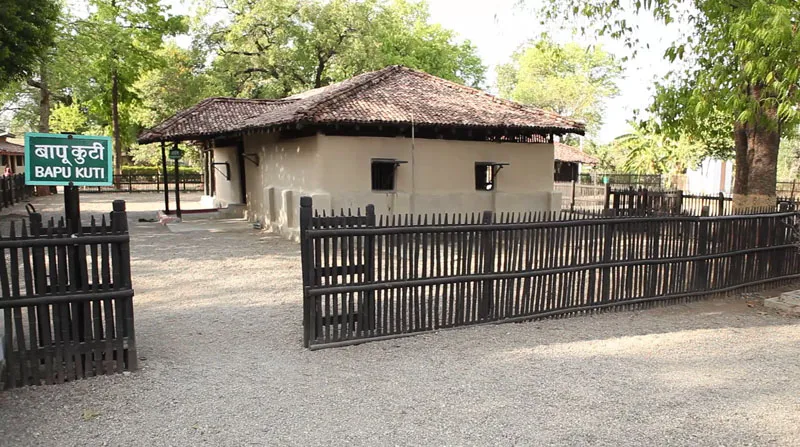
Bapu Kuti at the Gandhi Sevagram Ashram in Wardha | Image source: mkgandhi.org
Sevagram, a tiny village in Wardha district of Maharashtra (near Nagpur), is known as the home of Mahatma Gandhi after the Dandi March, also called Salt Satyagraha, a civil disobedience movement to protest against the implementation of salt tax by the British.
Adi Niwas, the first hut where Gandhi lived, is open for guests. It is believed that Gandhi had instructed the locals to build this structure with locally available materials that did not exceed a cost of Rs 500. The first meeting of the Quit India Movement was also held here in 1942.
Across from the Adi Niwas cottage is a congregational prayer ground under a peepal tree that was planted by Gandhi.
There’s also Bapu Kuti within the complex that was constructed by Mirabehn or Meera Behn, a British supporter of the Indian independence movement. After Adi Niwas became overcrowded, Gandhi moved here. For some time, socialist party leader Acharya Narendradev also lived here with Gandhi.
You can visit Gandhi Sevagram Ashram to learn more about Gandhi’s simple living and his philosophy.
Where: PMH6+JR3, Sevagram, Maharashtra
Cellular Jail, Port Blair
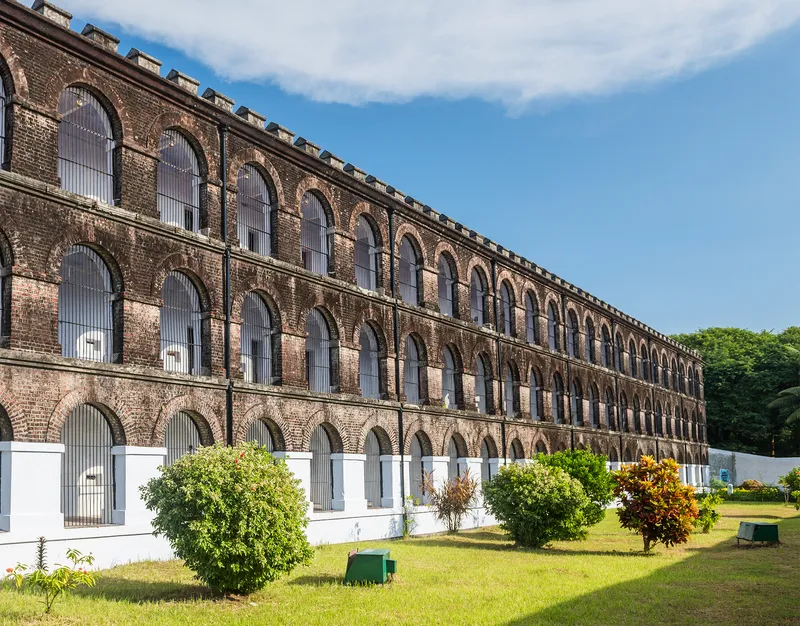
One of the wings of the Cellular Jail in Port Blair | Image source: Shutterstock
The Cellular Jail or Kaala Paani at Port Blair in Andaman Islands is a three-storeyed prison built by the British in 1906. This prison was known as a ‘torture chamber’ for its series of isolated cells that imprisoned freedom fighters who participated in India’s freedom struggle, including Batukeshwar Dutt, Yogendra Shukla, and Vinayak Damodar Savarkar.
In 1942, Andaman and Nicobar Islands fell into the hands of the Japanese forces. It was during this time that Netaji Subhas Chandra Bose visited Cellular Jail and formally announced the formation of Azad Hind Fauj and was christened Netaji.
As one walks along the Cellular Jail, Netaji’s immortal words–Tum mujhe khoon do, main tumhe azaadi doonga (You give me blood, I will give you freedom)–seem to reverberate from the walls.
The Cellular Jail was built in the shape of a gigantic starfish with tentacle-like wings fanning out from a central watchtower. There were originally seven three-storeyed wings but only three remain today. The structure was based on Jeremy Bentham’s idea of the Panopticon–a concept that allowed visibility of all inmates to a watchman in the middle.
The prison complex is now owned by the Indian government and is recognised as a national memorial that gives a peek into the lives of prisoners during the British era. There’s also a museum that depicts the life of the convicts and showcases the objects used by them.
Every evening, the saga of the freedom struggle is brought alive by the son-et-lumiere that happens inside the jail compound at 6 pm (in Hindi) and 7.15 pm (in English). The sound-and-light show is sure to give goosebumps and trigger a tear or two.
Where: Atlanta Point, Port Blair, Andaman and Nicobar Islands
Barrackpore Cantonment, West Bengal
Barrackpore in West Bengal is another town that’s associated with India’s relentless fight for independence. It first came to be known during the Barrackpore Mutiny of 1824, during the first Anglo-Burmese war. Many consider this mutiny as a prelude to the Revolt of 1857. Interestingly, Barrackpore got its name from the first barrack established by the British here.
The town came into the public eye when sepoy Mangal Pandey attacked British officers, leading to the 1857 revolt or the Sepoy Mutiny, as it is called. The reason behind the revolt was the introduction of a new cartridge for rifles that was believed to be greased with the fat of cows and pigs and had to be torn open with the mouth.
Today, Barrackpore has a Mangal Pandey park along the banks of the river Ganges, which also houses a statue of the freedom fighter. There’s also a Gandhi Museum that has five galleries, a study centre, and a library with an extensive collection of books. More than 800 photographs of freedom fighters are put up here.
Where: North 24 Parganas, West Bengal
Kittur Fort and Palace, Belgaum
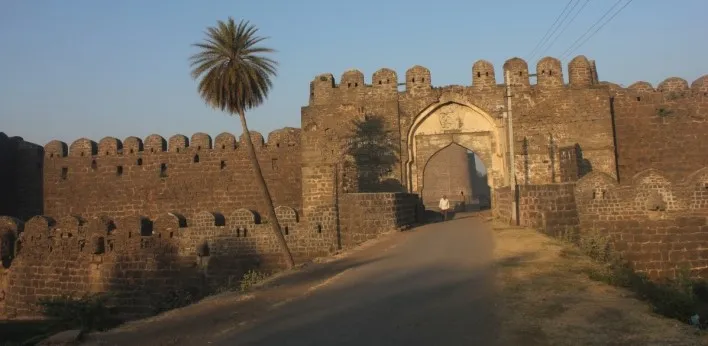
Kittur Fort and Palace | Image source: Karnataka.com
Kittur Fort is located in the non-descript town of Kittur, about 50 kilometres from Belgaum and 32 kilometres from Dharwad.
Built by Allappa Gowda Sardesai, the fifth ruler of the Kittur dynasty, the fort rose to fame because of the armed rebellion steered by the reigning Rani Chennamma–believed to be the first woman ruler to have revolted against the British troops for their interference in tax collection in 1824. This is also one of the reasons why the fort is also called Kittur Rani Chennamma Fort.
The fort, constructed with black basalt rock, attracts droves of tourists for its fascinating history. Today, the structure is surrounded by a moat that was earlier fed with water from a neighbouring lake. The complex also has a palace, a watch tower, water cisterns, and an archaeological museum housing idols, shields, paintings, and swords.
Where: Kittur Fort Road, Kittur, Karnataka
Aga Khan Palace, Pune
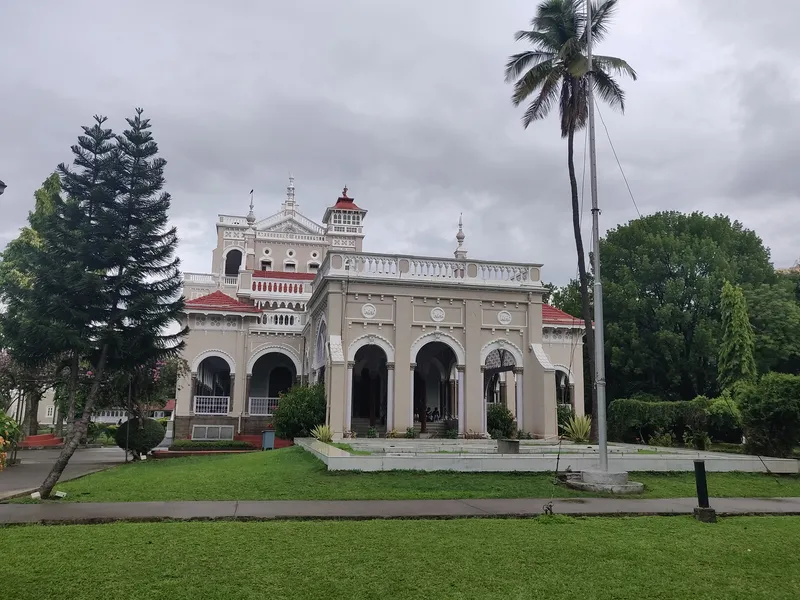
Aga Khan Palace | Image source: Shutterstock
When in Pune, do not miss the Aga Khan Palace, a prominent landmark in the country’s fight for independence from colonial rule. It was here that Mahatma Gandhi, his wife Kasturba, and his secretary were incarcerated in 1942.
Built by Sultan Muhammed Shah Aga Khan III in 1892, this palatial complex served as a charitable organisation for locals when the city was hit by famine.
In 2003, it was taken over by the Archaeological Survey of India. Today the structure functions as the headquarters of the Gandhi Memorial Society where khadi weaving continues to be the mainstay.
Come here and browse through archival images and portraits depicting milestones from Gandhi’s life and the Indian freedom struggle. You can also see the room where Gandhi and his wife lived; some of their objects of daily use, including the charkha, are housed here.
Where: Samrat Ashok Road, Pune
August Kranti Maidan, Mumbai
A landmark in Mumbai’s cultural heritage, the expansive August Kranti Maidan, earlier known as Gowalia Tank Maidan, is where the Quit India Movement was officially launched in 1942.
On August 7 the same year, the All India Congress Committee organised a session under Maulana Abul Kalam Azad, which went on past midnight. The next day, the call for ‘do or die’ was given; this became a nationwide chant during the freedom struggle.
The ground is segregated into five sections and is now frequented by sports lovers, children and adults. It is also a popular protest site.
In 2022, there was news that the maidan was all set to get a makeover. The project includes restoration work, apart from creating a memorial wall for freedom fighters. The Brihanmumbai Municipal Corporation has also planned a two-kilometre pathway called the ‘Freedom Trail’ from outside the maidan up to Girgaon Chowpatty.
Where: 1, Tejpal Rd, Dadi Sheth Wadi, Tardeo, Mumbai
Edited by Swetha Kannan







